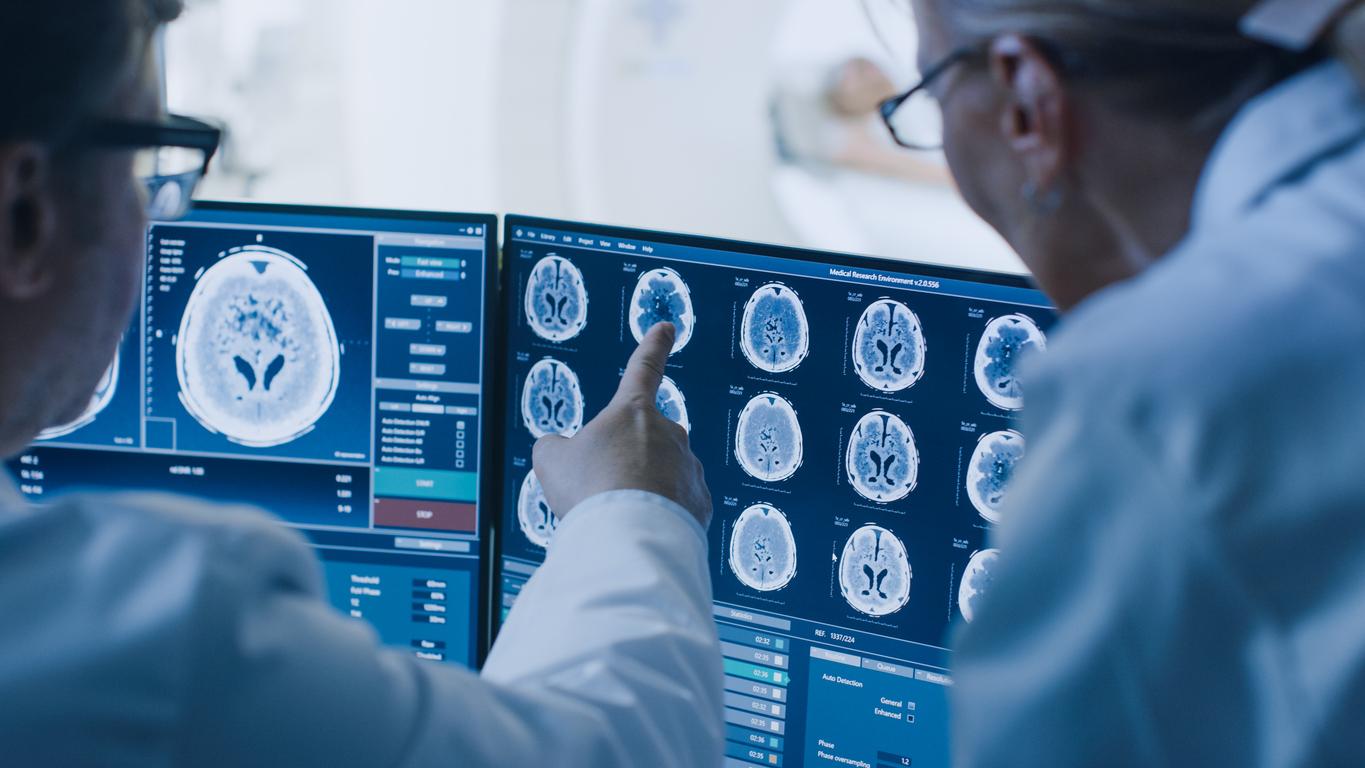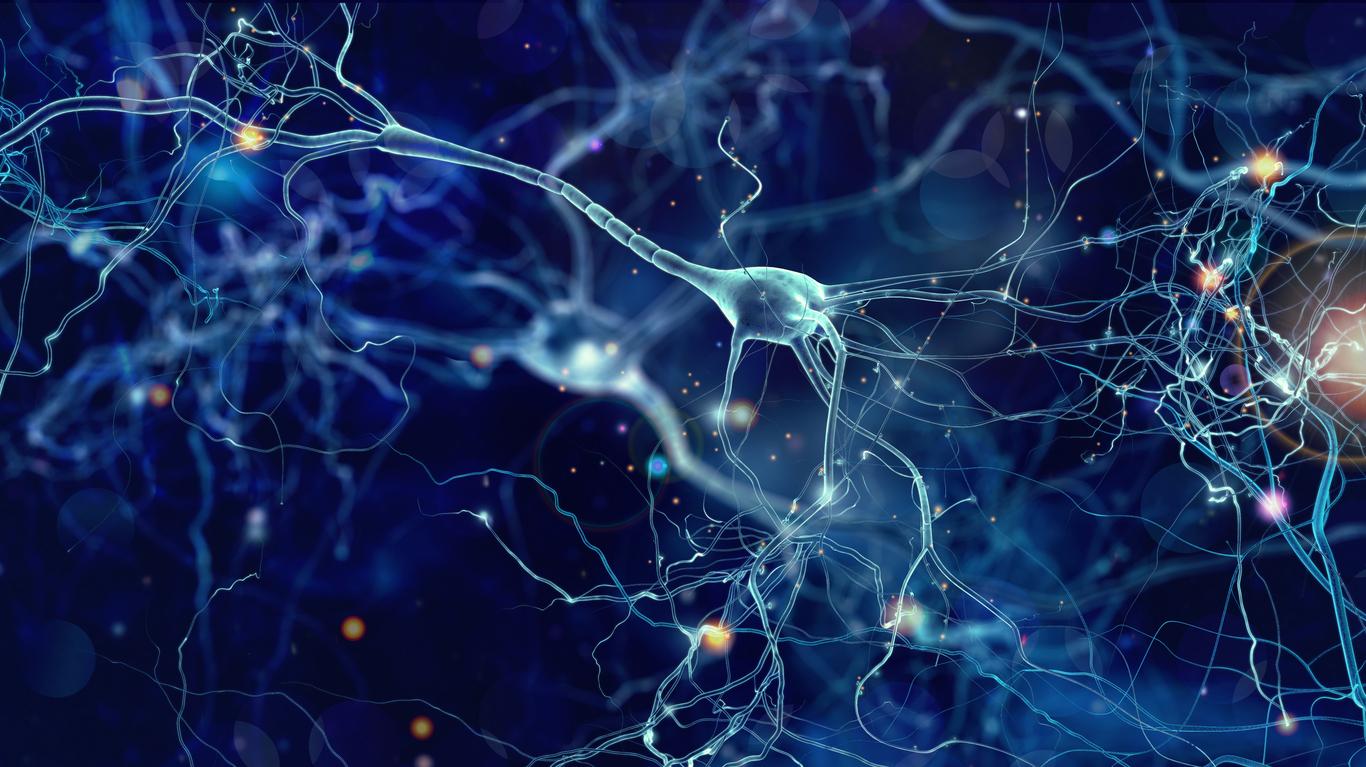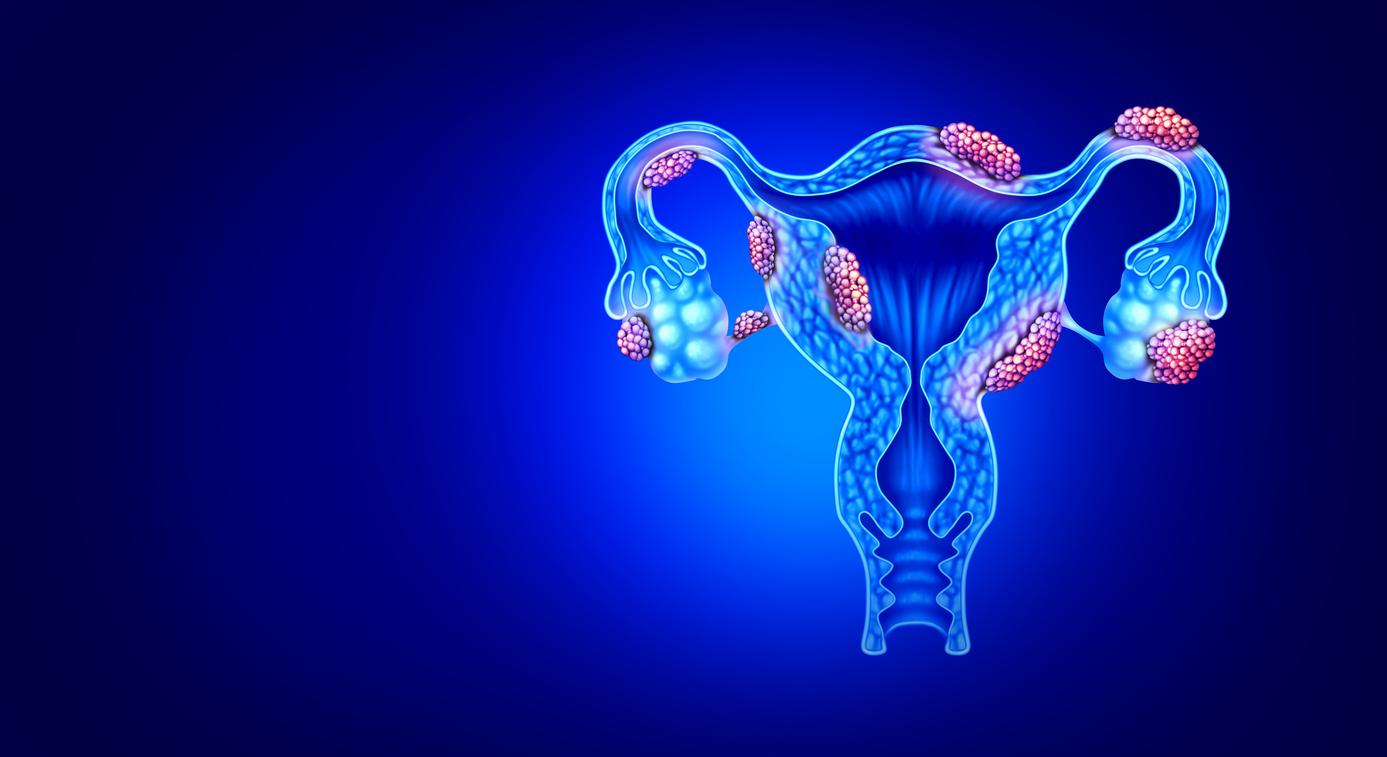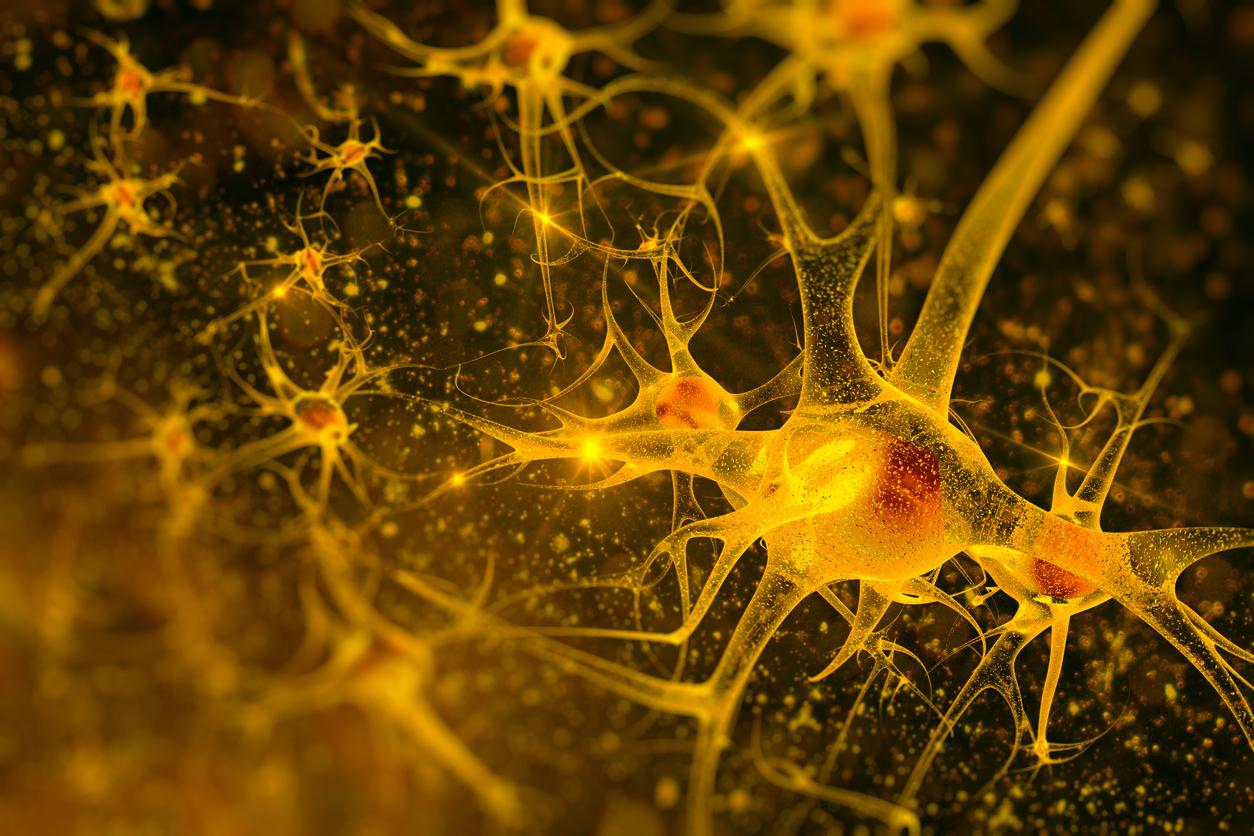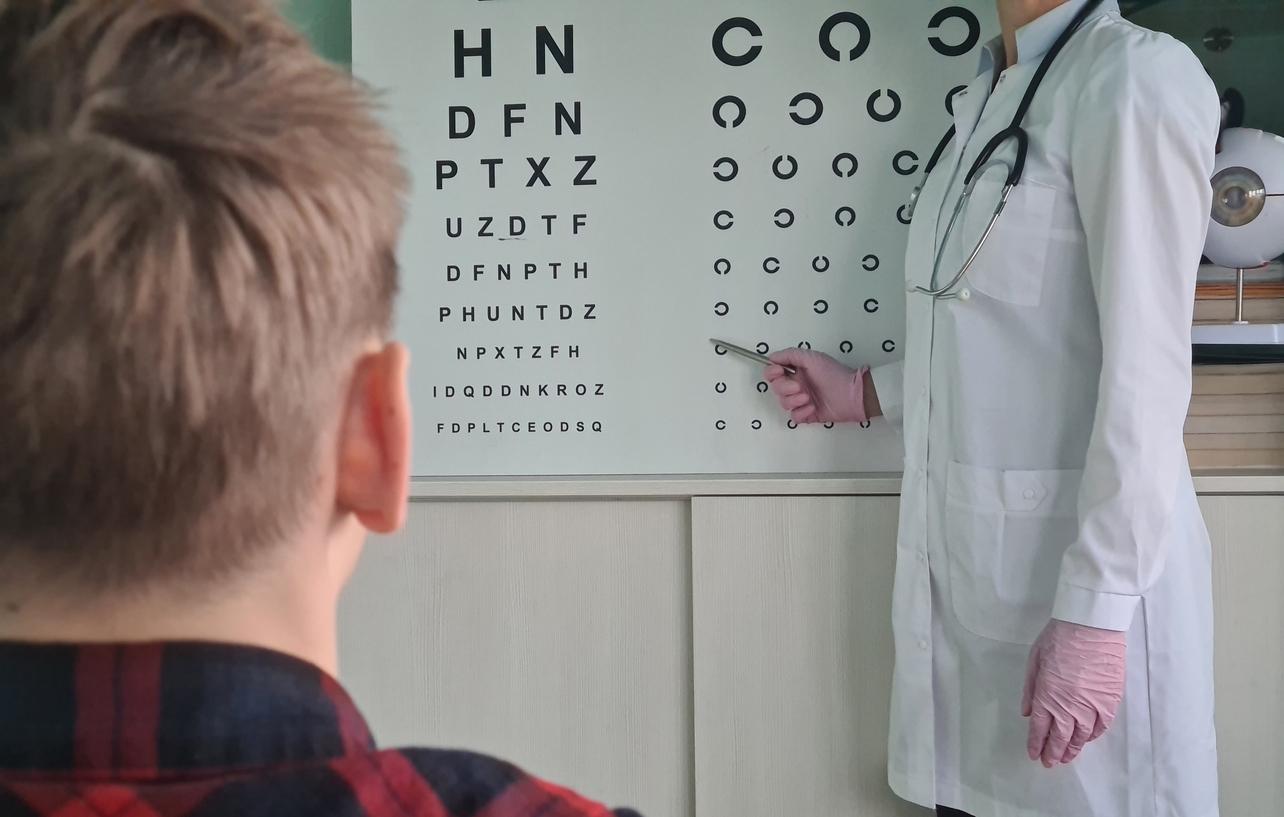Neurons located in the brainstem are capable of gathering different information during a meal. This allows them to send the satiety signals.

- Researchers have discovered the role of neurons of the brainstem in satiety.
- They gather different information to trigger the decision to stop eating.
- These nerve cells could become the target of future treatments against obesity.
Our neurons guide our hunger. In a study published in the journal Cellresearchers from the University of Columbia in the United States, announced that they have discovered that neural cells are able to trigger the feeling of satiety and make us stop eating. This discovery could lead to new obesity treatments.
Satiety: neurons involved in the process
“”These neurons are not like any other neuron involved in the regulation of satiety, underlines Alexander Nectow, doctor at the Vagelos College of Physicians and Surgeons of Columbia University, who led research with Srikanta Chowdhury, associate researcher at the Nectow laboratory. Other neurons of the brain are generally limited to the detection of food put in our mouths, or to the way food fills the intestine, or to the energy obtained from food. The neurons we have found are special because they seem to integrate all this different information and more.“These cells are in the brainstem.
An innovative cell analysis technique to understand satiety
The two researchers and their team became interested in the trunk because other scientists had previously followed the decision -making cells linked to food to the cerebral trunk, without being able to explore further. They used so -called unicellular techniques to distinguish the different cells present in this brain region. “”This technique – molecular profiling spatially resolved – allows you to see the cells where they are in the brainstem and what their molecular composition “specifies Alexander Nectow. This allowed them to identify these cells, similar to the neurons involved in the regulation of appetite, but never studied before.
Neurons capable of analyzing several information to conclude in satiety
They modified these neurons to activate and deactivate them according to light. When the cells were activated by the light, the mice ate much smaller meals. The intensity of activation determined the speed with which animals have stopped eating. “”Interestingly, these neurons do not only report an immediate judgment; They help mice gradually slow their diet“, Indicates Srikanta Chowdhury. By continuing their experiences, American scientists discovered that neurons could be deactivated by a hormone that increases appetite and activated by a GLP-1 agonist, a category of drugs used to treat obesity and Diabetes.These neurons may feel food, see food, feel food in the mouth and in the intestine, and interpret all the intestinal hormones that are released in response to food“, Observes Alexander Nectow. They use all this information to launch the decision to stop eating.

Neurons and satiety: towards new obesity treatments?
These neurons have been discovered in mouse brains, but as the brainstem is a part of the similar brain in all vertebrates, the authors believe that humans have the same cells. “”We believe that this is a new major entry point to understand what it means to be satisfied, how it goes and how it is used to finish a mealconcludes the researcher. And we hope it could be used for obesity treatments. “









